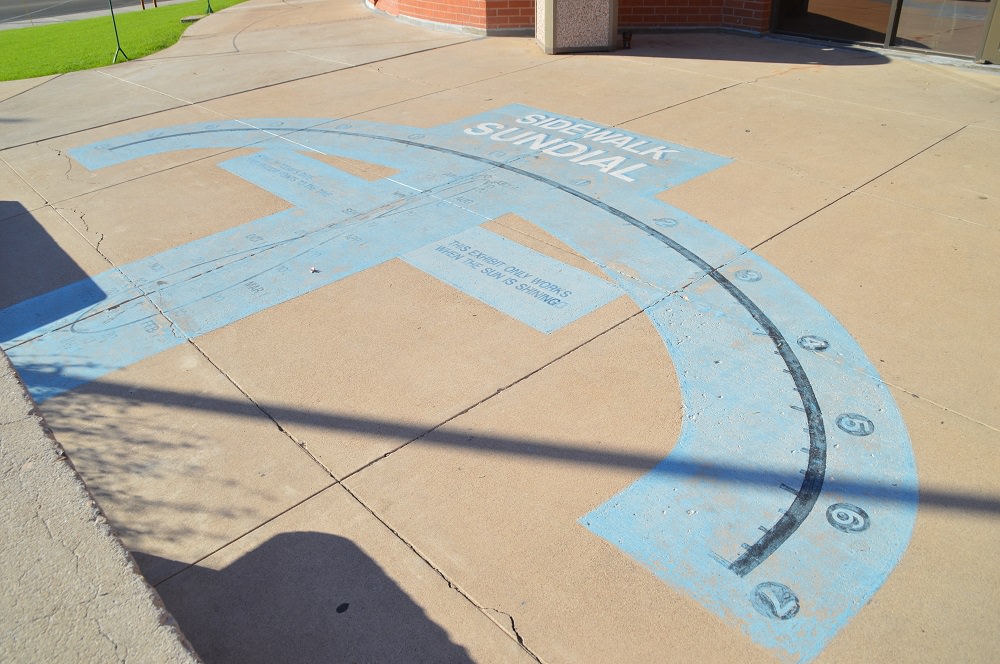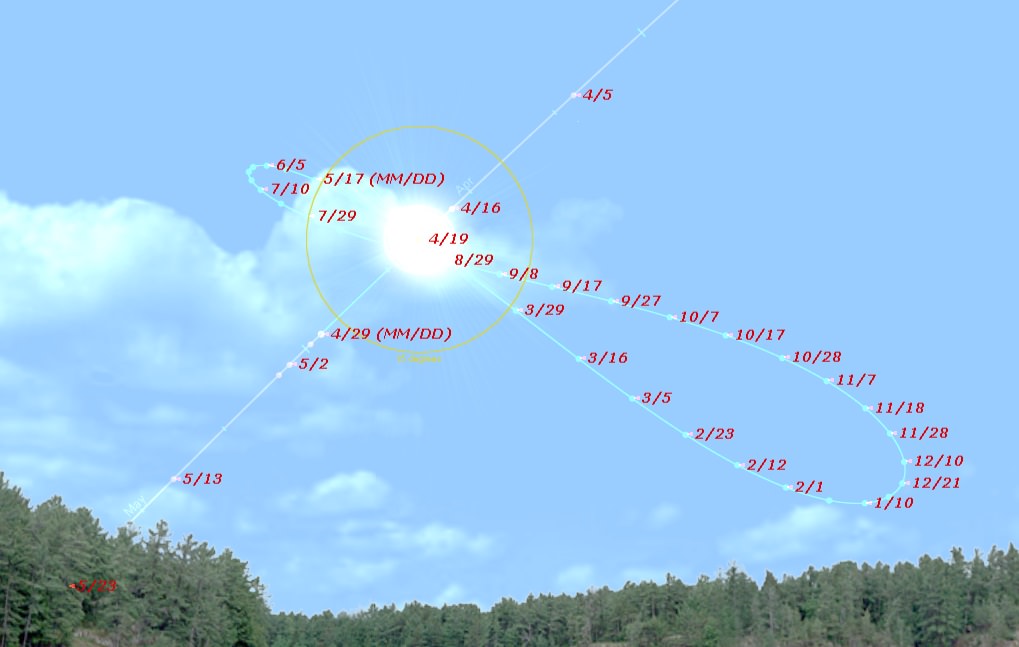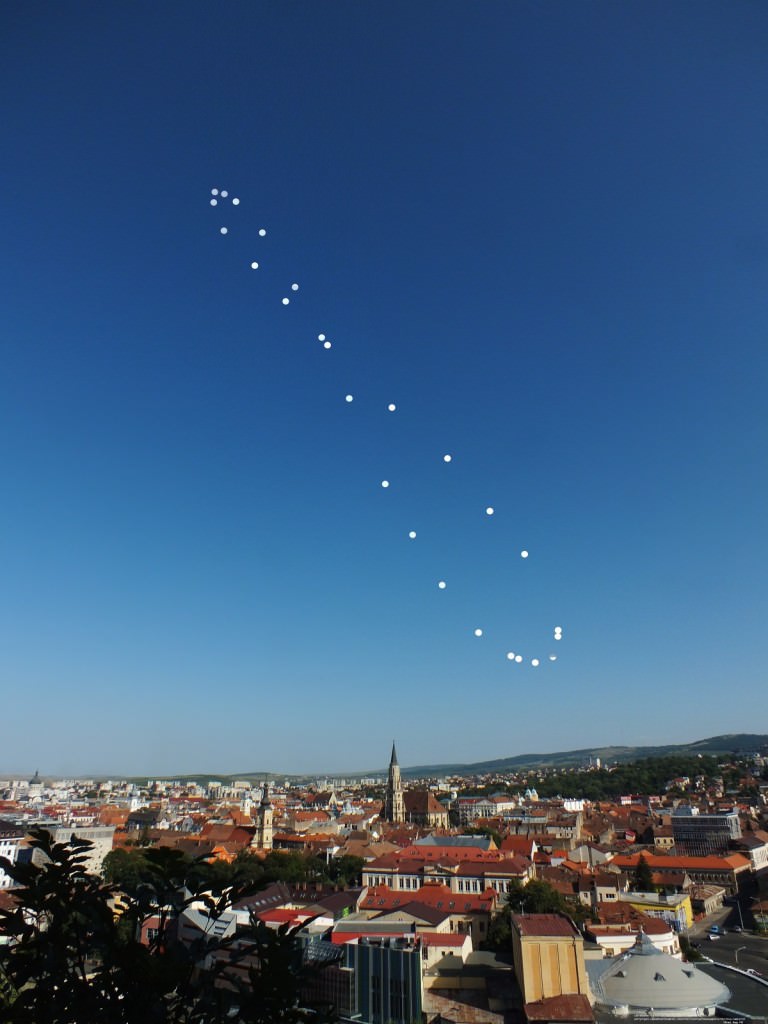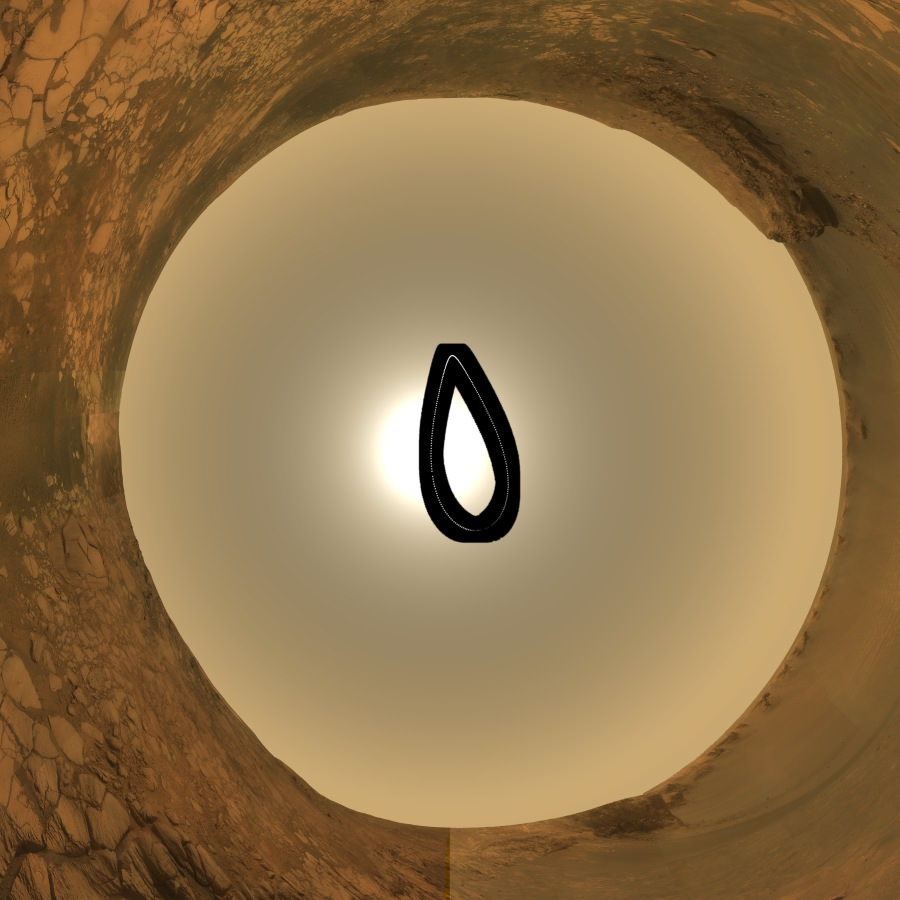Happy May Day Eve!
Maybe May 1st is a major holiday in your world scheme, or perhaps you see it as the release date of Avengers: Age of Ultron.
We’re approximately mid-way between the March equinox and the June solstice this week, as followers of the Gregorian calendar flip the page tomorrow from April to May. Though astronomical spring began back on March 20th for the northern hemisphere, May 1st is right around the time it starts to feel like spring weather for most of the residents of mid- northern latitudes.
Blame solar insolation, as the Sun transits ever higher in its daily trek towards the June solstice. Sure, the 23 degree 26’ 21” axial tilt of our fair planet is the reason for the season, and the pair of equinoxes and solstices are easily marked… but did you know that there are four other astronomical waypoints along the ecliptic that aren’t so readily defined?

Welcome to the curious world of cross-quarter days. Tomorrow, May 1st is also known as May Day, which is one such holiday. Perhaps, if you’re reading this in the remaining socialist states of China, Cuba or North Korea, you observe May Day as a major communist holiday. True story: back in our Cold Warrior days, May Day usually meant deployment to a forward location to chase Soviet Bear bombers out of friendly air space.
The cycle of four cross quarter days and four quarter (two solstices and two equinoxes) comprise the modern ‘Wheel of the Year’ on the Pagan calendar. The Christian holidays of Easter and Christmas also have their equinoctial and solstice roots.
The other three cross quarter holidays on our modern calendar are: Groundhog Day (February 2nd), Lammas Day (August 1st) and Halloween on October 31st. It’s great to see suburbanites don garb and request treats in a yearly re-enactment of ancient ritual.
But the solstice and equinoctial points aren’t fixed on the Gregorian calendar, but instead drift as we attempt to keep measured time in sync with astronomical time. These midway dates should actually be referred to as ‘cross-quarter tie-in holidays,’ as the actual midpoint between solstice and equinox can be determined in several different ways.
Here are the technical mid-points for 2015:
*Note that Easter in the Catholic Church is defined by the First Council of Nicaea in 325 A.D. as the first Sunday after the First Full Moon after March 21st. It can, therefore, fall anywhere from March 22nd to April 25th. The Eastern Orthodox Church uses the older Julian calendar, meaning the dates of Easter for the two sects of Christianity do not always coincide. Keep in mind, however, that March 21st is only an approximation for the northward equinox, which, in the 20th through 21st century, can fall anywhere from March 19th to March 21st.
Marking the technical midway point in declination simply means noting when the Sun crosses 11 degrees 43’ 10” north or south. Note that these always cluster with a bias towards the equinoxes, as the apparent motion of the Sun is faster in declination as it moves at a steeper angle around these dates. Sol’s motion in declination is shallowest near the solstices, which is why the gain and loss of daylight is least noticeable around these dates.

And the second way we can mark the technical midpoints is strictly in time… but keep in mind, the seasons are not precisely equal in length due to the elliptical orbit of the Earth. Though it may not seem like it, Earth actually reaches perihelion and moves slightly faster around the Sun in early January during the depths of northern hemisphere winter!
And our friend the precession of the equinoxes plays a role as well, moving the two equinoctial points where the ecliptic and the celestial equator intersect once all the way around the sky as the Earth completes one ‘wobble’ every 26,000 years… live out a typical 72 year life span, and the equinoctial points will have moved about one degree, or twice the diameter of a Full Moon.

And you can ‘observe’ the motion of the Sun and trace out the figure 8 shape of the analemma noting the quarter and cross-quarter points by imaging the Sun at the same time of the day once every week or so for a year:

Note: make sure you stay on local solar time in your yearlong analemma quest… don’t let the archaic vagaries of Daylight Saving Time throw you off by an hour!

And other planets have extraterrestrial analemmas as well. In the case of Mars, the path of the Sun over the Martian year is actually teardrop-shaped:
However you reckon the springtime mid-point, don’t miss any local ‘May Day-henge’ alignments coming to a horizon near you.


